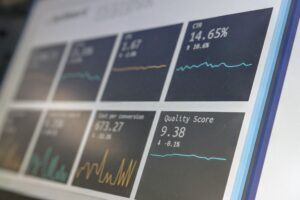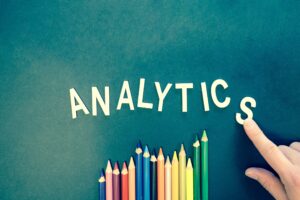Advanced analytics refers to the use of complex statistical and modeling techniques to extract insights and make predictions from data. It goes beyond traditional descriptive analytics, which involves summarizing and reporting on data, and includes techniques such as predictive analytics, prescriptive analytics and machine learning.
Predictive analytics: This involves using historical data to make predictions about future events or trends. It can be used for a wide range of applications, including customer behavior analysis, fraud detection, and forecasting.
Prescriptive analytics: This involves using data, models and algorithms to recommend actions to take in a specific situation, it can be used to optimize processes, improve operations and to make strategic decisions.
Machine Learning: Machine learning is a subset of advanced analytics that involves using algorithms to analyze data and identify patterns and make predictions. It can be used for a wide range of applications, such as image recognition, natural language processing and predictive modeling.
Advanced analytics can be used to gain insights and make predictions in a wide range of industries, including finance, healthcare, marketing, and manufacturing. It can help organizations to make more accurate predictions, identify new opportunities, and optimize operations.
In summary, advanced analytics is the use of complex statistical and modeling techniques to extract insights and make predictions from data, it includes techniques such as predictive analytics, prescriptive analytics and machine learning. It can be used in a wide range of industries to gain insights and make predictions, it can help organizations to make more accurate predictions, identify new opportunities, and optimize operations.





